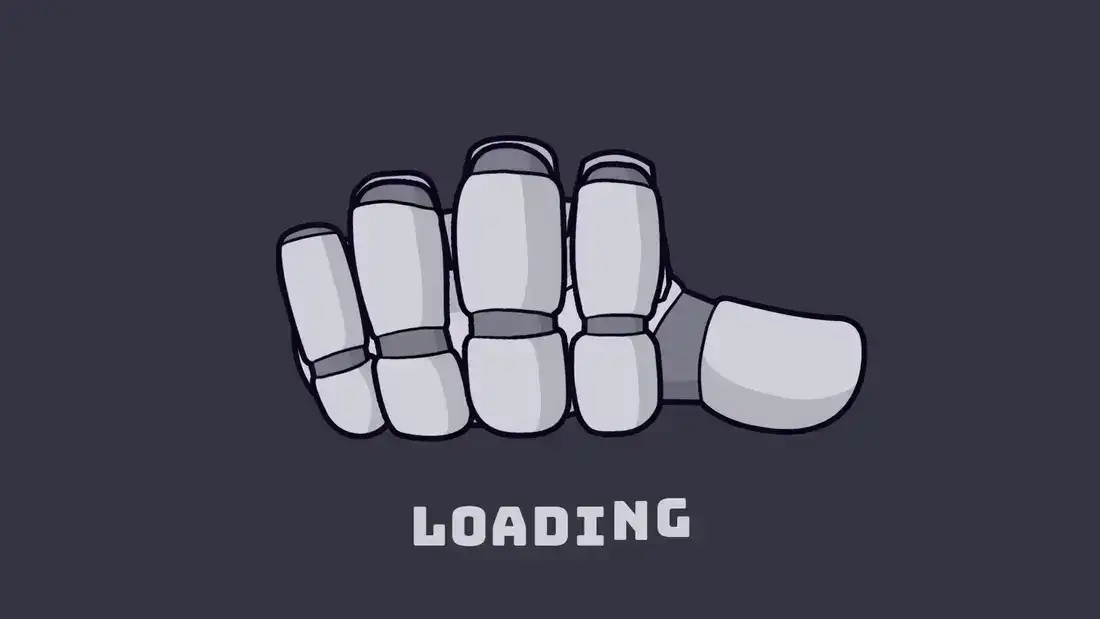
Musenet (OpenAI) Pricing, Features And Alternatives

MuseNet: MuseNet is like a clever computer brain built by OpenAI that can create unique songs lasting around 4 minutes. It's equipped with knowledge in a variety of music styles, from country to classics like Mozart, and even pop music like the Beatles. It's designed with a similar advanced learning technique as GPT-2 - a smart model trained to anticipate what comes next based on what came before, whether it's words or audio. MusiNet is taught through a collection of MIDI files and can produce tunes in your desired style as long as you give it a starting point. To help the model understand the musical piece better, it uses some fancy techniques called positional, timing and structural embeddings.
Musenet (OpenAI) Use Cases - Ai Tools
We’ve created MuseNet, a deep neural network that can generate 4-minute musical compositions with 10 different instruments, and can combine styles from country to Mozart to the Beatles. MuseNet was not explicitly programmed with our understanding of music, but instead discovered patterns of harmony, rhythm, and style by learning to predict the next token in hundreds of thousands of MIDI files. MuseNet uses the same general-purpose unsupervised technology as GPT-2, a large-scale transformer model trained to predict the next token in a sequence, whether audio or text.
Musenet (OpenAI) Pricing
Pricing Information Is Not Available At The Moment: The pricing information for this software is currently unavailable. Please visit the software's website for more information about its pricing.
This AI Tool Is Not Verified By Our Team.
28 alternatives to Musenet (OpenAI) for Music
 Voicestars - Transform your voice, Make ...
Voicestars - Transform your voice, Make ... Generate Drum Loops With AI - Drumloop A...
Generate Drum Loops With AI - Drumloop A... Revocalize AI – Studio-Level AI Voice Ge...
Revocalize AI – Studio-Level AI Voice Ge... AudioShake
AudioShake CassetteAI: Your Copilot for AI Music Ge...
CassetteAI: Your Copilot for AI Music Ge... Online Audio Mastering by Grammy Winning...
Online Audio Mastering by Grammy Winning... Moises App: The Musician's App | Vocal R...
Moises App: The Musician's App | Vocal R... Cyanite.ai – AI For Music Tagging and Si...
Cyanite.ai – AI For Music Tagging and Si... Orb Producer 3 – Orb Plugins
Orb Producer 3 – Orb Plugins Muzaic Studio Home - Muzaic Studio
Muzaic Studio Home - Muzaic Studio AI Music Generator: Songburst
AI Music Generator: Songburst Magenta Studio - Ableton Live Plugin
Magenta Studio - Ableton Live Plugin SongR
SongR Musicfy AI - AI Voice Song Generator
Musicfy AI - AI Voice Song Generator Maroofy
Maroofy Fineshare Singify | AI Song Cover Genera...
Fineshare Singify | AI Song Cover Genera... MusicLM
MusicLM Samplette
Samplette Waveformer
Waveformer Voice Clone|AI Singer|Text to speech_MyV...
Voice Clone|AI Singer|Text to speech_MyV... Kits AI - Studio-quality AI music tools
Kits AI - Studio-quality AI music tools MuseNet
MuseNet MusicFX
MusicFX Udio | Make your music
Udio | Make your music sonauto-platform
sonauto-platform StockmusicGPT - Instant Royalty-Free Mus...
StockmusicGPT - Instant Royalty-Free Mus... Mixit: Sing & Create Covers on the App S...
Mixit: Sing & Create Covers on the App S...- ACE Studio | Create limitless AI Vocals
Pros and Cons
Pros
– Creates unique songs lasting 4 minutes
– Knowledge in a variety of music styles
– Can produce tunes in desired style with starting point given
– Uses positional, timing, and structural embeddings for understanding
– Can generate compositions with 10 different instruments
– Combines styles from country to classical to pop
– Utilizes advanced learning technique similar to GPT-2
– Trained on hundreds of thousands of MIDI files
– Does not require explicit programming of music knowledge
– Uses unsupervised technology for prediction in both audio and text sequences
Cons
– Limited ability to create truly unique compositions
– Can only produce songs of a certain length (4 minutes)
– May not accurately capture the essence of all music styles
– Relies heavily on input from MIDI files, limiting originality
– Performance may be dependent on the quality and variety of input data
– Over-reliance on positional, timing, and structural embeddings may lead to repetitive output
– Output may lack emotional depth and human-like nuances
– Lack of control over specific elements of the composition process
– May not fully understand or accurately interpret musical concepts and patterns

